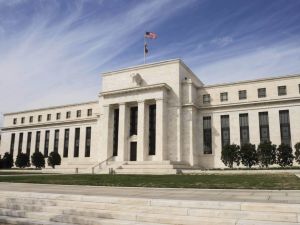The passive investment world can be confusing to the inexperienced investor. Put simply, there are two main types of passive funds: exchange-traded funds (ETFs) and passive tracker funds.
Both track a particular benchmark or index and are expected to replicate the performance of the specific benchmarks they track. They’re a popular choice for new and experienced investors because they allow you to build low-cost, diversified portfolios without having to handpick assets yourself, which can be expensive and time-consuming.
But what’s the difference between an ETF and a passive tracker fund?
Structure
Most tracker funds are set up as either Open-ended Investment Companies (OEICs) or Unit Trusts (the UK equivalent of a mutual fund). These are known as open-ended because the supply of shares is not restricted: new shares can be created to meet the demand from buyers, or shares can be reduced to meet the obligations of the sellers. ETFs, on the other hand, trade on the stock exchange like any other share.
Pricing
The price of both tracker funds and ETFs mirror that of the benchmark it tracks. That means if the value of the assets that make up that benchmark drop, so will the price of the tracker or ETF.
However, you don’t usually know the price of the tracker fund before you buy it (forward pricing), and you pay the price at the fund’s next valuation, which happens at a set time each working day. Conversely, the price of an ETF is subject to change throughout the day, as it can be continuously traded like normal stock, and you will know its price before you buy or sell.
Variety
Choice for tracker funds can appear to be limited, in terms of both asset class and providers. There are entire asset classes which don’t have any index funds, and even when the index funds exist, there’s only a handful of suppliers. ETFs, on the other hand, have almost too much choice. There are ETFs for large, diverse markets, as well as for specific industries. For this reason, when dealing with these, it is important to fully understand what you are investing in, or to take advice from professionals if needed.
At Moneyfarm, we monitor the markets daily on behalf of our investors, making sure they’ve been matched to the right investment portfolio and that their money is best placed for consistent returns.
Photo by Dorian Mongel on Unsplash





